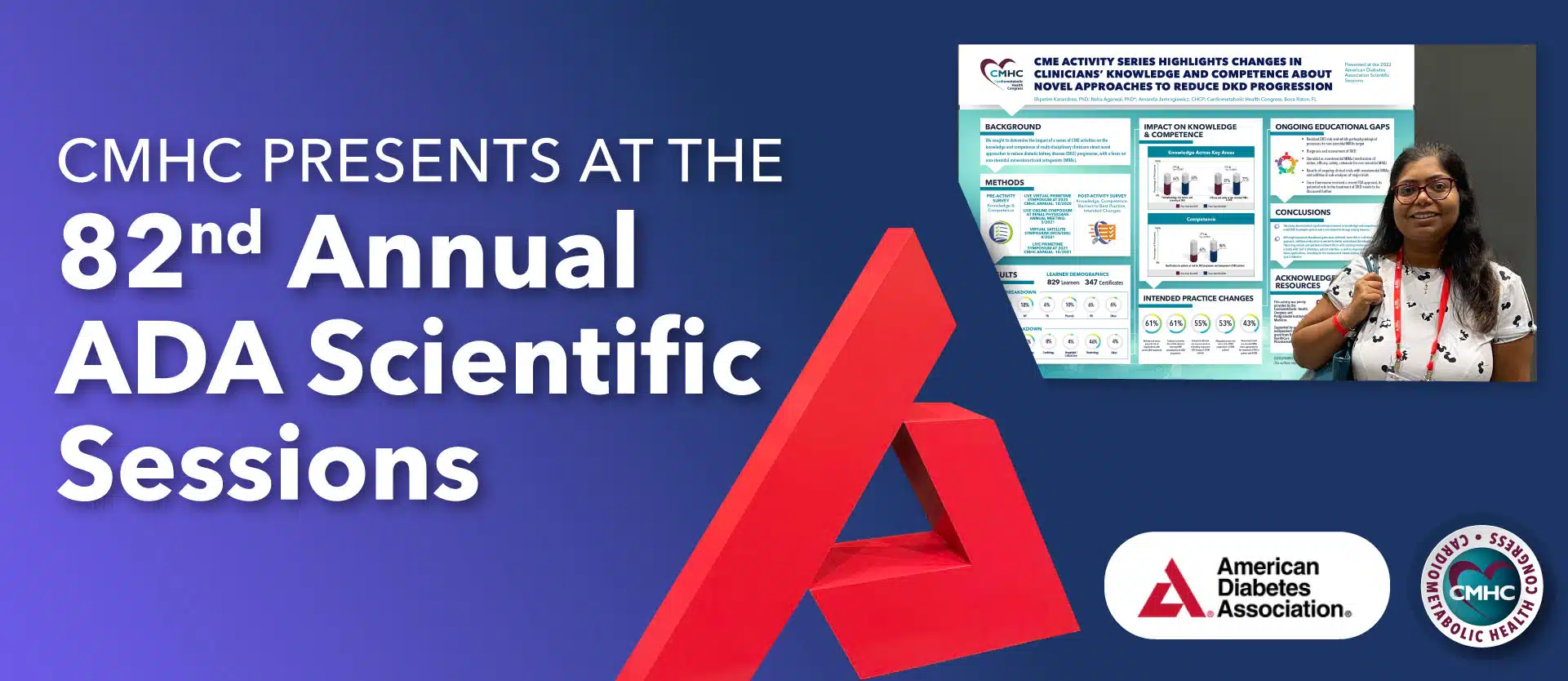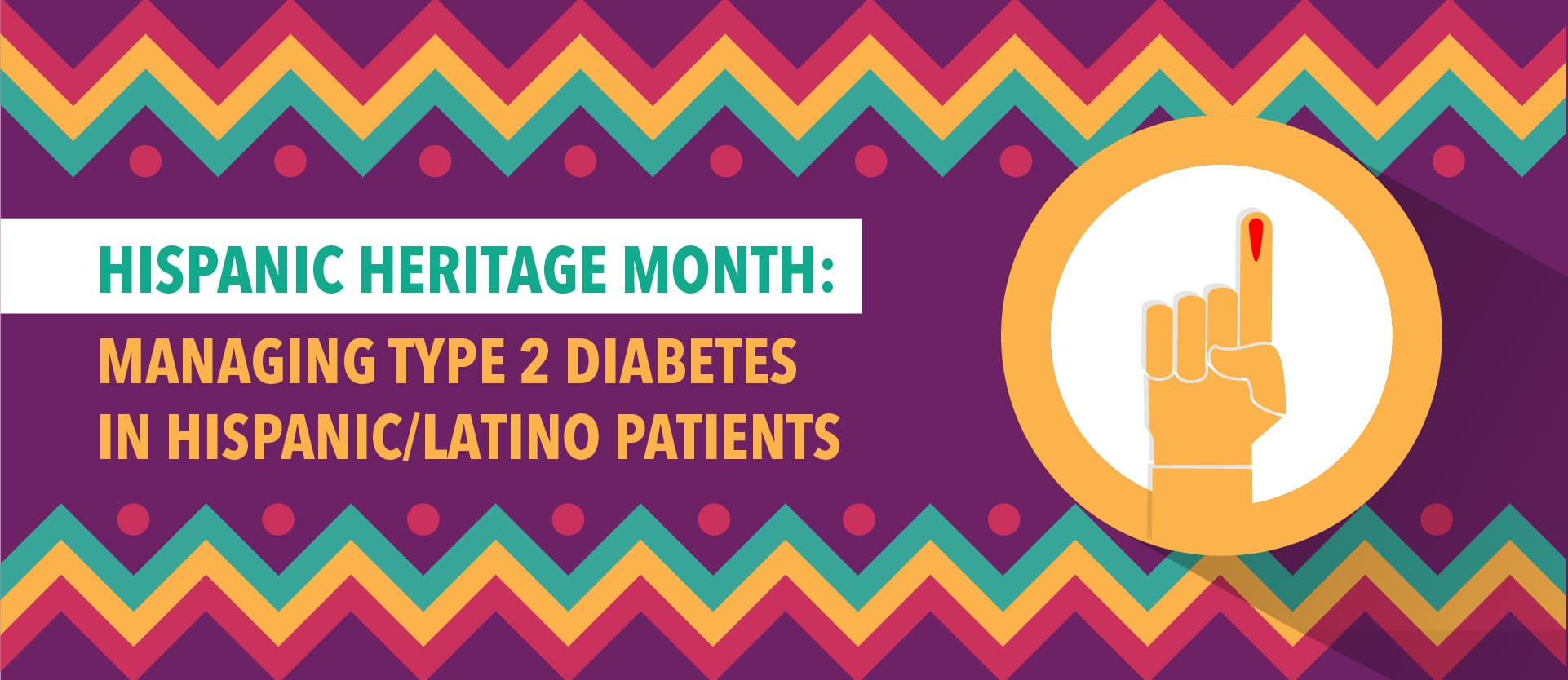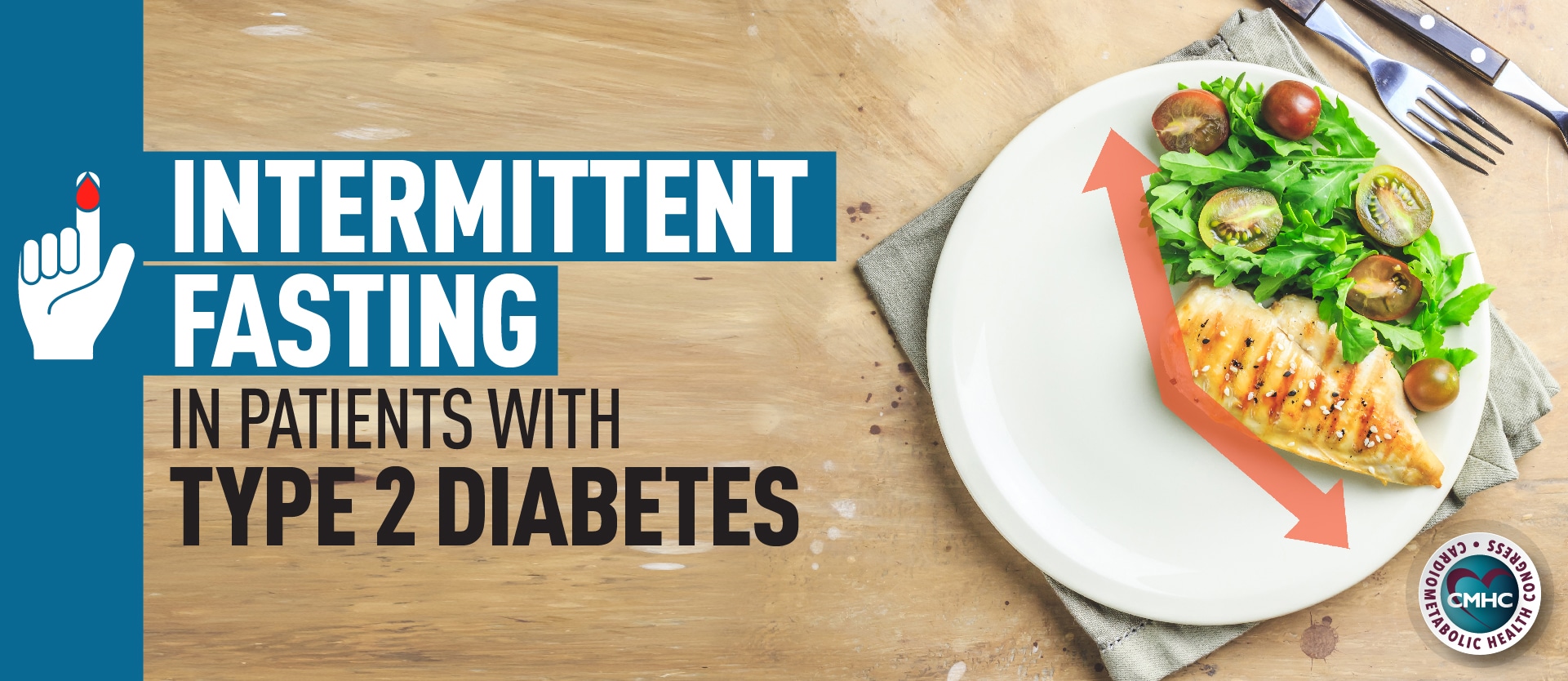A session at the 18th Annual Cardiometabolic Health Congress (CMHC), explored the intersection of cardiometabolic conditions such as obesity and insulin resistance with liver disease, beginning with some important new updates on the preferred terms for these diseases.

On Thursday, Oct. 19, 2023, attendees of the 18th Annual CMHC in Boston heard from experts in hepatology and endocrinology in a session titled The Intersection of MASH and Cardiometabolic Risk: Applying Advances in Diagnosis and Management To Tackle The MASH Epidemic. Session chair Robert H. Eckel, MD, an endocrinologist and CMHC Chairperson, introduced the upcoming presentation by explaining that this topic is a vital and unique intersection of metabolic disease and hepatology, which is why the two upcoming faculty presenters represented each of those specialties.

Amreen M. Dinani, MD, MSc, took the podium first to introduce the updated nomenclature for metabolic-related liver disease. Previously known to the medical community as nonalcoholic fatty liver disease (NAFLD) and its most serious form, nonalcoholic steatohepatitis (NASH), Dr. Dinani explained that need for updated nomenclature was long overdue and had been detailed in a joint publication released by multinational liver societies known as the NAFLD Nomenclature Initiative.
A brief history of NAFLD and NASH
The field of hepatology has struggled to come up with adequate nomenclature for liver disease since one of the most important figures in historical pathological anatomy, Carl von Rokitansky, documented visceral and subcutaneous adiposity in overfed children in 1849. His description informed the term nonalcoholic steatohepatitis (NASH), first coined in 1980 and later nonalcoholic fatty liver disease (NAFLD), which was proposed in 1986. “We’ve been using the terms NASH and NAFLD without much thought since they were coined in the 1980s,” said Dr. Dinani, even though the adages are outdated and based on observations predating a modern understanding of the etiology of liver damage resulting from metabolic conditions.
In response, the NAFLD Nomenclature Initiative was formed in 2020 and tasked to determine if new international medical language could help aid research funding, reduce stigmatization, and better represent the pathophysiology of liver disease related to metabolic dysfunction. The consortium consisted of multiple global hepatology and gastroenterology societies, patients and patient advocacy organizations, regulatory experts and industry representatives, who embarked on a four-round, modified Delphi process with more than 200 participants from 56 countries. The three-year process included four online surveys and two in-person meetings. The nominated participants represented diverse demographic, professional expertise, and geographic backgrounds.
“One of the aims of this initiative,” said Dr. Dinani, was to “remove the words ‘fat’ and ‘alcohol’ to destigmatize the terminology we use.” Furthermore, because these terms are applied to children as well as adults, the term ‘alcoholic’ isn’t really appropriate. “The most important thing here is that changing the terms we use does not impact histology,” stressed Dr. Dinani. Since there are many drugs in development for these serious diseases it is vital to remember that changes to nomenclature do not change the pathological definitions.
Nomenclature guidance announced
In June 2023, the American Association for the Study of Liver Diseases (AASLD) and other organizations vested in liver health announced the results of the NAFLD Nomenclature Initiative’s efforts. Steatotic liver disease (SLD) was chosen as the overarching term for all instances of steatosis of the liver. Nonalcoholic fatty liver disease (NAFLD) was replaced with metabolic dysfunction-associated steatotic liver disease (MASLD), and nonalcoholic steatohepatitis (NASH) was replaced with metabolic dysfunction-associated steatohepatitis (MASH). New disease categories were coined for those with MASLD who consume high volumes of alcohol (metabolic alcohol-associated liver disease, or MetALD), and patients with no metabolic parameters and no known cause of steatohepatitis (cryptogenic SLD). “What’s really important here,” said Dr. Dinani, “is that there is now an overarching term called stereotactic liver disease (SLD), which kind of encompasses anything with fat on the liver. The term steatohepatitis was felt to be an important pathophysiological concept that should be retained.”
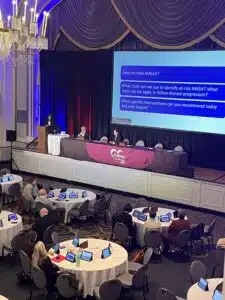
The NALFD Nomenclature Initiative recommendations are supported and endorsed by the following societies and organizations:
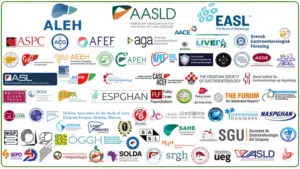

MASLD, MASH and diabetes
To explain the important implications of metabolic diseases like type 2 diabetes in the pathophysiology of MASLD and MASH, Diana D. Barb, MD, took the podium to lend her experience from an endocrinology perspective. “It was really in 1999 where we started describing the features of steatohepatitis, looking at the inflammation and destruction we see in the liver of patients with diabetes,” said Dr. Barb, continuing that in 2000 the NASH Clinical Research Network focused on the etiology, contributing factors, natural history, complications, and therapy for what was then termed nonalcoholic steatohepatitis.
As of the Oct. 2023 conference, the National Institute of Diabetes and Digestive and Kidney Diseases (NIDDK) still list NASH and NAFLD as the official terms for conditions in which inflammation and fat cause damage to the liver. No drugs are currently approved to treat MASH, MASLD, SLD, or MetALD, but the NIDDK recommends weight loss to reduce fat, inflammation and fibrosis in the liver. As the new guidelines are disseminated and shared with clinicians at medical conferences such as the 18th Annual CMHC, it is expected that leading organizations will adopt the new terms recommended by the NAFLD Nomenclature Initiative.
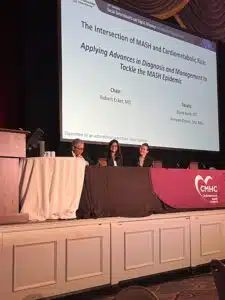
Key takeaways
- Steatotic liver disease (SLD) is the overarching term to encompass all etiologies of steatosis of the liver.
- Nonalcoholic fatty liver disease (NAFLD) is now metabolic dysfunction-associated steatotic liver disease (MASLD), which encompasses patients who have hepatic steatosis and one or more cardiometabolic risk factors.
- Nonalcoholic steatohepatitis (NASH) is now metabolic dysfunction-associated steatohepatitis (MASH), the most severe form of MASLD characterized by lipotoxicity and inflammatory damage to hepatocytes resulting from a metabolic disorder such as obesity or diabetes.
- A new disease category, metabolic alcohol-associated liver disease (MetALD), describes patients with MASLD who also consume high amounts of alcohol, defined as >140g of alcohol per week for women and >210g of alcohol per week for males.
- The term cryptogenic SLD is used in patients with no metabolic parameters and no known cause of steatohepatitis.
References:
- American Association for the Study of Liver Diseases, Latin American Association for the Study of the Liver, European Association for the Study of the Liver (2023) “A call for unity: The path towards a more precise and patient-centric nomenclature for NAFLD,” Hepatology (Baltimore, Md.), 78(1), pp. 3–5. doi: 10.1097/hep.0000000000000412.
- Ayonrinde, O. T. (2021) “Historical narrative from fatty liver in the nineteenth century to contemporary NAFLD – Reconciling the present with the past,” JHEP reports: innovation in hepatology, 3(3), p. 100261. doi: 10.1016/j.jhepr.2021.100261.
- Multinational liver societies announce new “fatty” liver disease nomenclature that is affirmative and non-stigmatizing(no date) org. AASLD. Available at: https://www.aasld.org/news/multinational-liver-societies-announce-new-fatty-liver-disease-nomenclature-affirmative-and (Accessed: October 24, 2023).
-
Nonalcoholic fatty liver disease (NAFLD) & NASH. (n.d.). National Institute of Diabetes and Digestive and Kidney Diseases. Retrieved October 28, 2023, from https://www.niddk.nih.gov/health-information/liver-disease/nafld-nash



